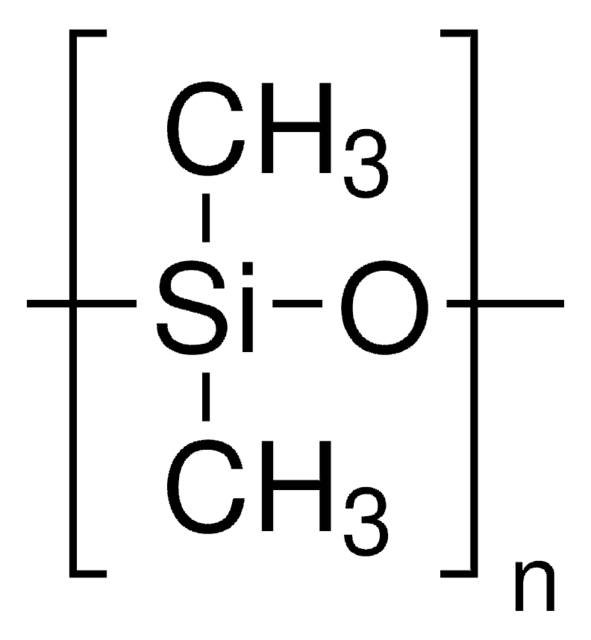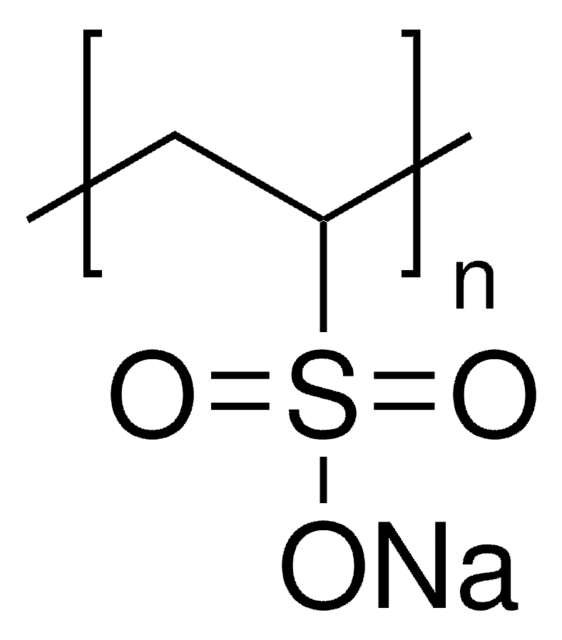AB9876
Anti-Stargazin Antibody
Chemicon®, from rabbit
Synonym(s):
Stargazin-like TARP (transmembrane AMPA receptor regulatory protein)
About This Item
Recommended Products
biological source
rabbit
Quality Level
antibody form
affinity isolated antibody
antibody product type
primary antibodies
clone
polyclonal
species reactivity
rat, mouse
manufacturer/tradename
Chemicon®
technique(s)
immunocytochemistry: suitable
immunohistochemistry: suitable
immunoprecipitation (IP): suitable
western blot: suitable
NCBI accession no.
UniProt accession no.
shipped in
dry ice
target post-translational modification
unmodified
Gene Information
mouse ... Cacng2(12300)
rat ... Cacng2(84347)
Specificity
Immunogen
Application
Neuroscience
Synapse & Synaptic Biology
Immunohistochemistry: 0.25-0.5 μg/mL on 4% paraformaldehyde fixed tissue. Suggested dilution buffer is PBS-T. Suggested permeabilization method is 0.1% Triton X-100. Suggested incubation time is 2 hours to overnight at room temperature.
Immunocytochemistry
Immunoprecipitation: 1-2 μg. Suggested reaction volume is 200-1000 μL. Suggested total protein concentration is 2 mg/mL. Suggested incubation time is 2 hours at 2-8°C. Suggested capture agent is Protein A.
Optimal working dilutions must be determined by end user.
Physical form
Storage and Stability
Legal Information
Disclaimer
Not finding the right product?
Try our Product Selector Tool.
Storage Class Code
12 - Non Combustible Liquids
WGK
WGK 1
Flash Point(F)
Not applicable
Flash Point(C)
Not applicable
Regulatory Listings
Regulatory Listings are mainly provided for chemical products. Only limited information can be provided here for non-chemical products. No entry means none of the components are listed. It is the user’s obligation to ensure the safe and legal use of the product.
JAN Code
AB9876:
Certificates of Analysis (COA)
Search for Certificates of Analysis (COA) by entering the products Lot/Batch Number. Lot and Batch Numbers can be found on a product’s label following the words ‘Lot’ or ‘Batch’.
Already Own This Product?
Find documentation for the products that you have recently purchased in the Document Library.
Our team of scientists has experience in all areas of research including Life Science, Material Science, Chemical Synthesis, Chromatography, Analytical and many others.
Contact Technical Service







